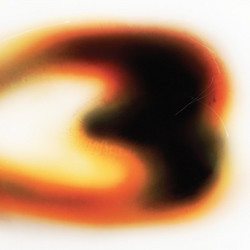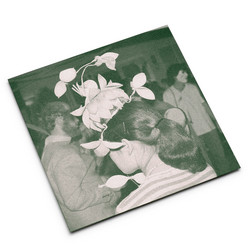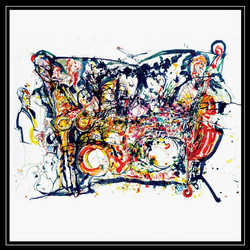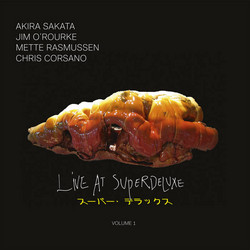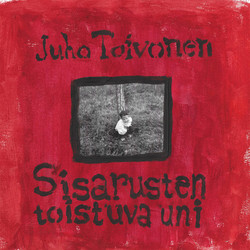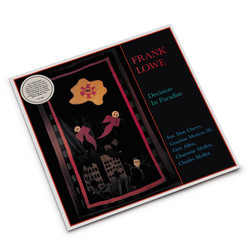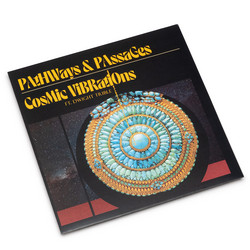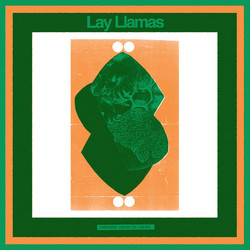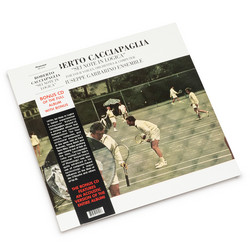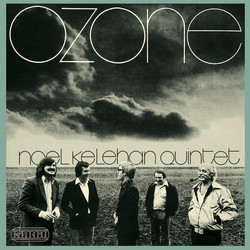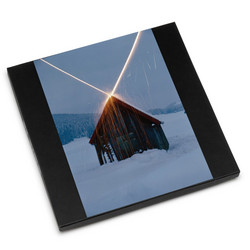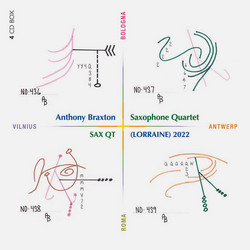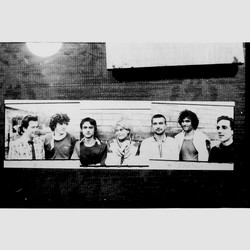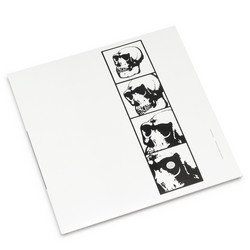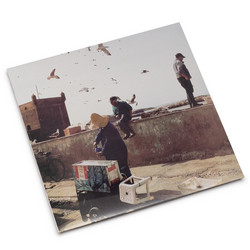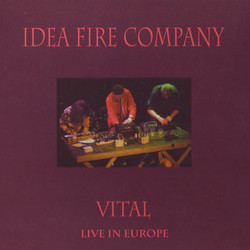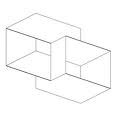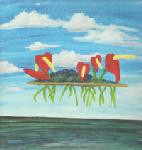Whereas people from the outside world threw away hopes and dreams after years of brainwashing by the media and authority, Scott Foust — musician, philosopher, owner of Swill Radio — has shown no signs of compromise. He continues to soldier on, despite the financial woes brought on by Swill Radio and his unfairly overlooked body of work, exhibiting the same drive and enthusiasm of a teenager producing fanzines and spending schooldays dreaming up the logistics behind the fake bands he will someday form. One can picture a boy filming the world with a makeshift cardboard camera growing into the man who spent four years creating the surreal film Here’s to Love. The comic books and newspapers he sketched on pieces of scrap paper eventually turned into the philosophies stuffed into the releases and newsletters he sends to fans and friends. With a group called The Anti-Naturals, Foust surrounds himself with like-minded people dedicated to exploring the boundaries of artistic expression and, with a limited pool of resources, creating vivid audio illustrations of the world as they see it. The crew, through careful construction and meticulous editing, have produced thought-provoking, disparate visions like Graham Lambkin’s Salmon Run, Tart’s Bring in the Admiral, and Idea Fire Company’s Anti-Natural. Each album from The Anti-Naturals sounds like a new beginning, and, even if they fail, they remain admirable for the willingness to take a stab at sculpting something beyond the scope of trends in modern experimental music. This impulse is also found in the artworks of Foust, Karla Borecky, and their tight-knit group of artist-friends. From an outsider’s perspective, it seems like Foust feels the constant need to move into new territory with every action he makes. In the course of a conversation, Foust can segue from the merits of Brian Ferry to whiskey to the aesthetics of a seemingly random art object. The same man who creates lush, beautiful soundscapes with Idea Fire Company confounded audiences by performing “The Drinker,” a seven-minute performance art piece that consists of Foust drinking a glass of whiskey and pretending to cry while a depressing piano soundtrack plays in the background. And now we have Jungle Fever, which is, interestingly enough, his first solo project. Here, Foust’s well-executed artistic ADD continues as a gorgeous, 78-minute composition fashioned from the simplest of elements. The album begins with a barely-audible conversation amidst a decaying rainbow of sound recorded with a microphone pressed against a boiler room door. Through the beautiful ugliness, the natural world slowly awakens, as birds chirp and the wind brushes treetops, beckoning the listener into its sound environment. As the natural world shifts in the backdrop, a skeletal rhythm develops on top of it. But while bird noises and other backyard sounds appear and subsequently fade out, the composition’s steady electronic pulse takes on more shapes than its natural counterpart. The rat-at-at-tat-tat of the stripped-bare synth line conjures images of electric typewriters and slow-moving trains, with the electronic instruments and the natural world intertwining until they become so inseparable that an emerging hiss is indiscernible from the wind blowing through grass. By utilizing ordinary domestic and natural noises and sculpting them into something extraordinary, the album succeeds on a level similar to Lambkin’s Salmon Run. Both albums allow the listener to take a somewhat personal, mildly surreal glimpse at the artist’s life, and both bend everyday sounds into new shapes by combining them with contrasting elements and focusing on the ambiguity of the sound in question. But whereas the listener is merely a curious spectator in Lambkin’s world, Foust manages to make the listener’s world an integral part of the composition by eliminating the fourth wall. As the album progresses, Jungle Fever steadily shifts into a surreal, cinematic realm. Foust eventually strips away all frame of reference and context from the composition. The natural components of the composition disappear into a brown spectral haze — the bird chirps are silenced by rusty drone, and it becomes harder to discern natural sounds from man-made clatter. Behind a hovering, rotating see-saw of soft feedback, Foust fiddles with the listener’s auditory sense, as waves become passing trucks and differentiating buzzing cicadas from the synthesizer din turn into a laborious task. This is where Foust’s recorded world integrates with reality, as the composition inadvertently incorporates the sounds in and around one’s apartment. Pausing Jungle Fever is sometimes the only way to distinguish the elements of Foust’s recording from the creaking pipes, opening doors, and nighttime cricket chirps that exist outside of it. In this respect, Jungle Fever achieves an incomparable feat by becoming a working replica of the fountain of youth — providing a fresh, new composition to ponder each time the listener hits the play button.
